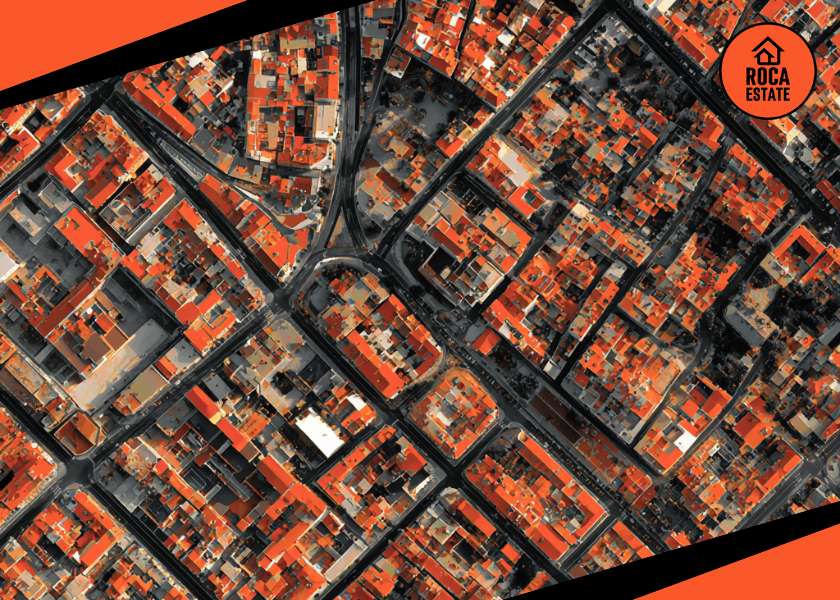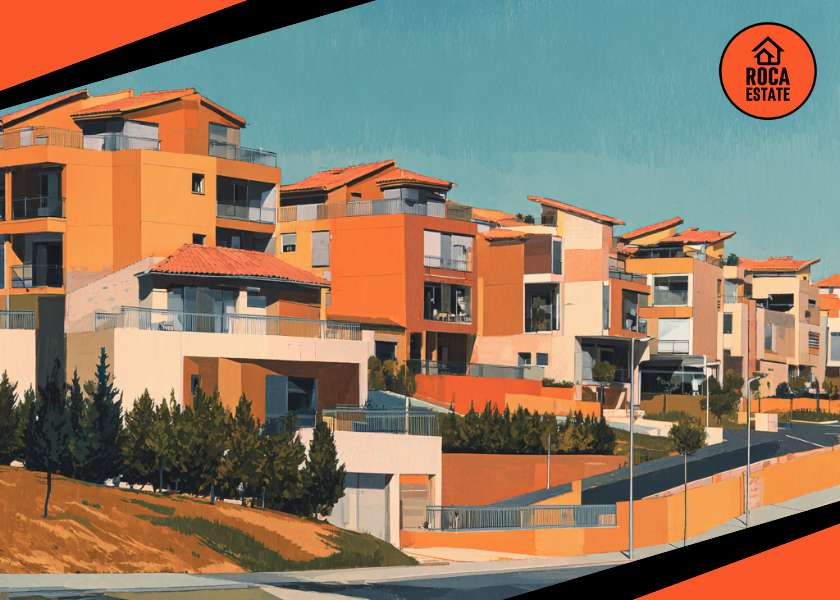The latest data from Statistics Portugal for October 2024 reveals important insights into the performance of the country’s tourism sector. These trends are of particular interest to real estate investors eyeing the Portuguese property market, as they underscore the evolving dynamics of demand for accommodations and their revenue potential.
Sustained Growth in Tourism Metrics
In October 2024, Portugal’s tourist accommodation sector experienced a steady rise in both guests and overnight stays. The sector hosted 3.0 million guests, a 3.8% year-on-year increase, and recorded 7.6 million overnight stays, up by 2.5%. Revenue figures were even more impressive, with total revenue reaching €644.1 million (+9.9%) and accommodation revenue climbing to €490.2 million (+10.7%).
Significantly, the average revenue per available room (RevPAR) rose to €74.9 (+7.6%), and the average daily rate (ADR) increased to €118.5 (+6.3%). Greater Lisbon led the way with the highest ADR at €170.9, followed by the North (€114.4), Madeira (€109.7), and Alentejo (€105.6). These metrics reflect both robust demand and the market’s ability to command premium rates, particularly in high-demand urban and tourist-centric areas.
Urban and Regional Highlights
Lisbon remains the centerpiece of Portugal’s tourism sector, accounting for 19.6% of all overnight stays in October. Non-resident stays drove much of this growth (+2.4%), offsetting a slight decline in overnight stays by residents (-3.2%). Notable growth was also seen in municipalities such as Ourém and Portimão, which recorded increases of 10.7% and 9.7%, respectively.
These figures align with broader year-to-date trends, where total overnight stays grew by 3.7% to 71.1 million. Growth was particularly strong among non-residents (+4.8%), while resident stays saw a modest rise (+1.2%).
Impact on Real Estate Investments
For real estate investors, these statistics present compelling opportunities:
- Strong Revenue Potential: The upward trajectory in revenue, particularly the RevPAR and ADR metrics, signals robust profitability in the accommodation sector. Investors focusing on short-term rental properties in high-demand areas such as Lisbon, the North, and Madeira are likely to benefit from sustained visitor influxes and premium pricing.
- Non-Resident Demand: The growth in non-resident overnight stays suggests increasing international appeal. Properties catering to foreign tourists, especially in urban centers or scenic coastal regions, could see heightened demand.
- Regional Growth Opportunities: Municipalities like Ourém and Portimão, with double-digit growth, indicate emerging hotspots that may offer better value propositions compared to already saturated markets.
- Diversified Accommodation Preferences: The inclusion of alternative accommodations such as rural tourism and local lodging with more than ten beds indicates broader market dynamics that could influence investment strategies. Properties tailored for eco-tourism or culturally immersive experiences may capture niche segments of the market.
Conclusion
Portugal’s tourism sector continues to thrive, reinforcing the country’s position as a desirable destination for travelers and a promising market for real estate investment. Investors should leverage these insights to strategically position themselves in areas with growing demand and strong revenue metrics. While Lisbon remains a key player, regional growth areas like Portimão and Ourém present untapped opportunities.
Adopting a data-driven approach to property selection and emphasizing alignment with tourism trends will be critical. By focusing on properties with high RevPAR potential and understanding the preferences of international visitors, investors can secure long-term returns in this vibrant and expanding market.
Portugal’s blend of cultural allure, modern infrastructure, and competitive accommodation offerings ensures its real estate market remains an attractive option for global investors.
Guests in tourist accommodation establishments
Overnight stays in tourist accommodation establishments
Overnight stays in tourist accommodation establishments (by region)
Net room occupancy rate in tourist accommodation establishments
Net room occupancy rate in tourist accommodation establishments (by region)
With tourism driving demand for short- and long-term rentals, now is the time to explore our real estate investment services in Portugal. Discover how Roca Estate supports clients in identifying high-yield investment opportunities in Portugal, from market analysis to full-service property management.




































































































